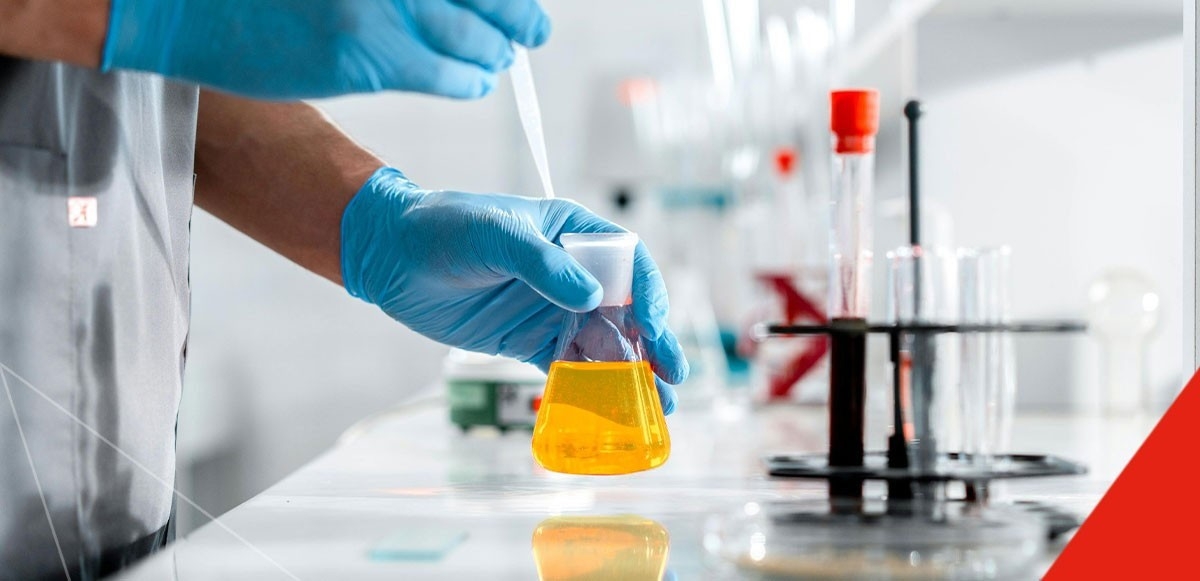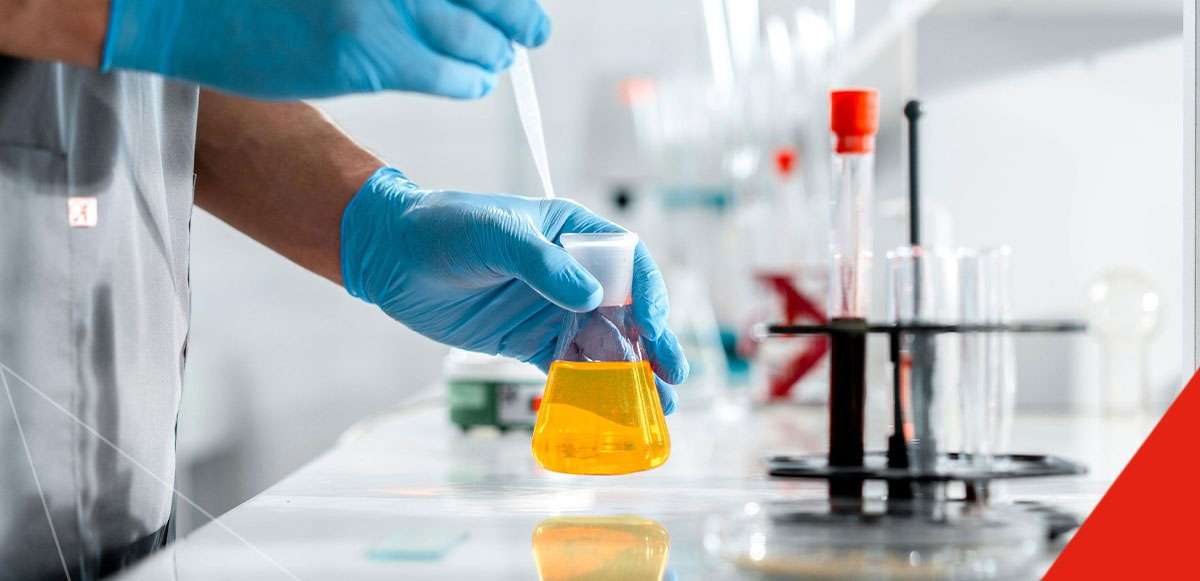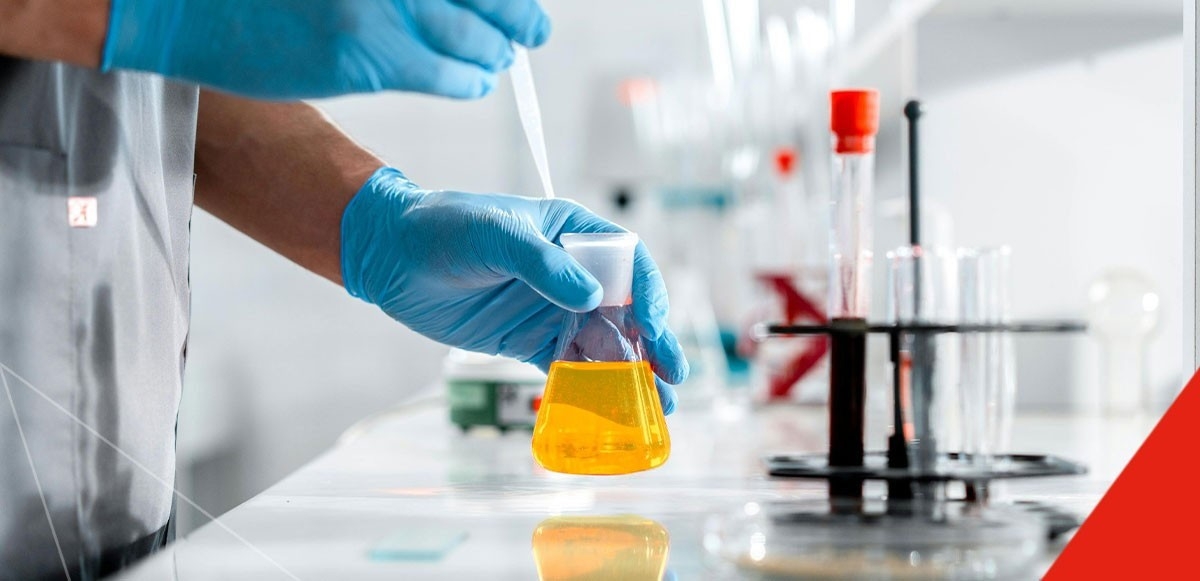Texaco’s LubeWatch Oil Analysis Programme – Part two


Part two of this insight into the Texaco LubeWatch Oil Analysis Programme looks at taking samples and submitting them for testing.
Taking oil samples
There are several different methods for gathering oil samples, but the accuracy of the test results will depend on the quality of the sample. Collecting from the wrong place or at the wrong time will alter the tests results and could mask any damage occurring or lead to incorrect guidance.
Be aware that different system pressures and accessibility may require different equipment and methods to collect samples. With this in mind, ensure you establish the right sampling process for each piece of machinery.
The best samples are taken when the machinery is running and at optimal operating temperature. However, some sampling methods, such as using a vacuum pump, will require the equipment to be shut down, so always refer to the ‘How to take an oil sample’ guideline, which can be found on CBP. Once you’ve established the right sampling process, always take future samples in the same way and from the same sampling point.
Before taking the sample, flush about one litre of oil from the sample point to allow for the removal of any entrapped water or debris and be sure to never re-use disposable tubing. Fill the LubeWatch sample bottle at the sampling point.
Taking coolant samples
Most cooling systems operate under pressure to raise the boiling point of the coolant, but hot coolant under pressure can cause severe burns. Therefore, always wait until the temperature is below 50°C (120°F) before removing the radiator cap to avoid injury from hot coolant spray or steam.
The best coolant samples are taken from fluid that represents the coolant circulating through the system during normal operations. However, removal of the radiator cap is dangerous, so always refer to the ‘How to take a coolant sample’ guideline, which can be found on CBP. When collecting these samples, always collect them using the same method and from the same location. If there are any changes in your collection method, notify the lab when submitting the sample.
For those that use a vacuum pump, it is best practice to use a dedicated pump for coolant sampling that will prevent cross-contamination with oil. Run the equipment long enough for the thermostat to open and mix coolant through the reservoir, then turn off the engine and allow it to de-pressurise – this usually takes 10 to 15 minutes. Never re-use disposable tubing.
To avoid any stagnant coolant or debris contaminating the sample, make sure that valves are flushed through (or for sampling with a vacuum pump, that tubing doesn’t contact the bottom of the radiator). Fill the LubeWatch sample bottle to approximately 3/4 full.
Submitting lubricant samples for testing


For the bottle label, complete the ‘Component ID’ and ‘Date taken’ fields in sections (A) and (B) of the Sample Label form supplied; peel off the QR coded section (A), and attach it to the sample bottle. Keep section (B) for your records.
In regard to sample information, send it over via the LubeWatch app or online in the ‘Sample Submission’ area of your account (C). If online access is not available, complete the section on the right-hand side of the Sample Label form (D), detach it, and submit it with the sample.
Fill out all equipment and fluid information completely and accurately. For coolants, include the time/distance on both the equipment and the coolant. Once all details have been completed, ship your sample to the LubeWatch laboratory to the address shown on the Sample Label form.



































